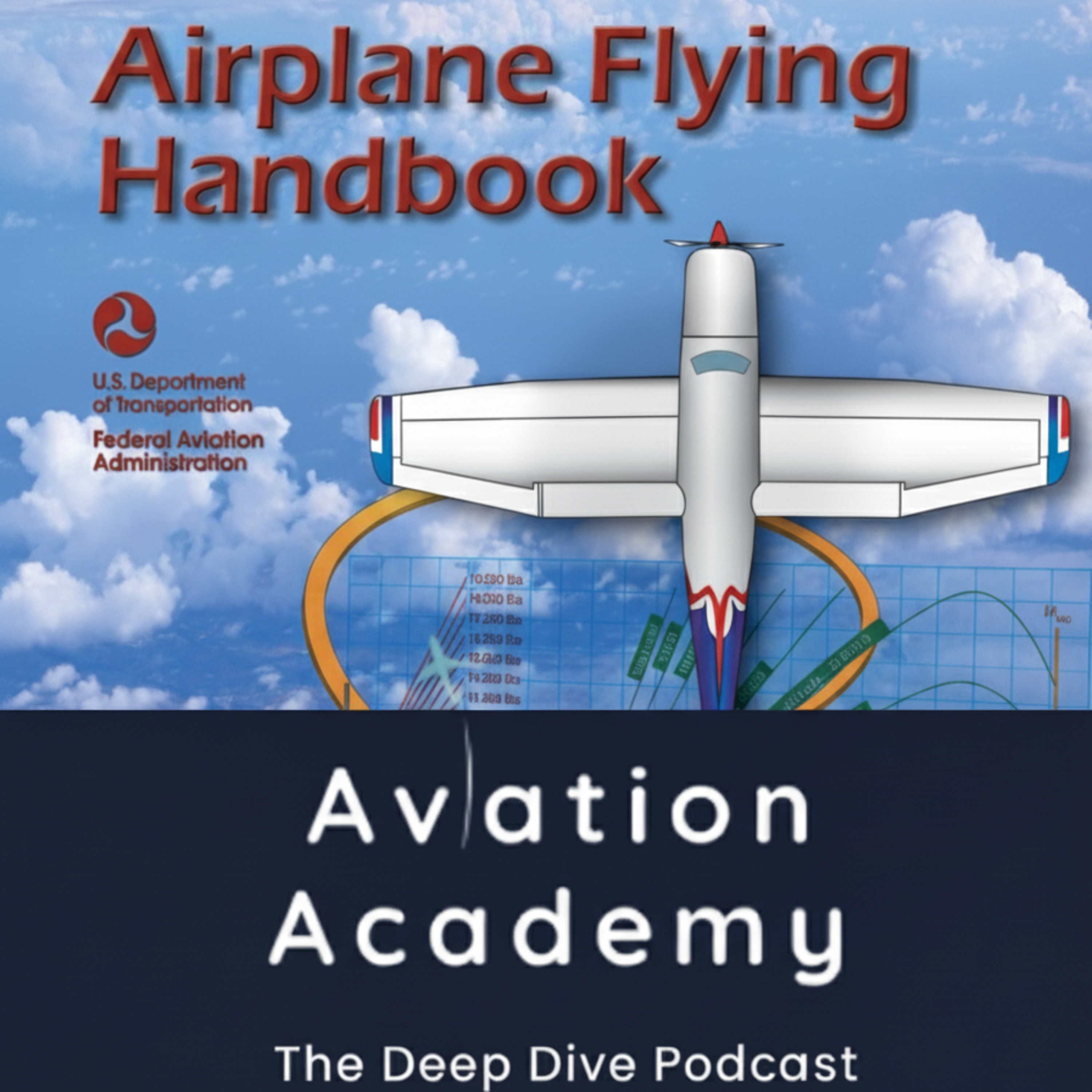Chapter 5: Maintaining Aircraft Control: Upset Prevention and Recovery Training
- Author
- Nathan Genereux
- Published
- Sat 15 Feb 2025
- Episode Link
- https://podcasters.spotify.com/pod/show/aviationacademy/episodes/Chapter-5-Maintaining-Aircraft-Control-Upset-Prevention-and-Recovery-Training-e2ujuh2
Aviation Academy continues with Chapter 5 of the Airplane Flying Handbook (FAA-H-8083-3C), focusing on one of the most critical aspects of safe flying: maintaining aircraft control through upset prevention and recovery training (UPRT). Loss of Control in Flight (LOC-I) is the leading cause of fatal accidents in aviation, and this episode equips pilots with the knowledge and techniques to recognize, prevent, and recover from these dangerous situations.
We break down what constitutes an airplane upset — from excessive pitch or bank angles to stalls and inappropriate airspeeds — and explore the factors that can lead to them, including turbulence, icing, mechanical issues, human error, and spatial disorientation. You’ll learn how to manage the startle and surprise effect, avoid common errors, and develop the discipline to prevent LOC-I before it occurs.
This chapter also emphasizes practical UPRT skills, including slow flight, stall recognition and recovery, spins, unusual attitudes, and energy management at the edge of the flight envelope. We’ll discuss how academic knowledge, simulator training, and on-aircraft practice all combine to give pilots the confidence to handle unexpected upsets. From proportional counter-responses to full stall recovery techniques, you’ll gain a step-by-step understanding of how to return the airplane safely to controlled flight.
Whether you’re a student pilot just learning the basics or an experienced aviator sharpening your skills, this episode reinforces a vital truth: safe pilots don’t just fly the airplane — they prepare for the unexpected. By mastering upset prevention and recovery, you’ll build the awareness, confidence, and resilience needed to handle the most challenging situations in aviation.
